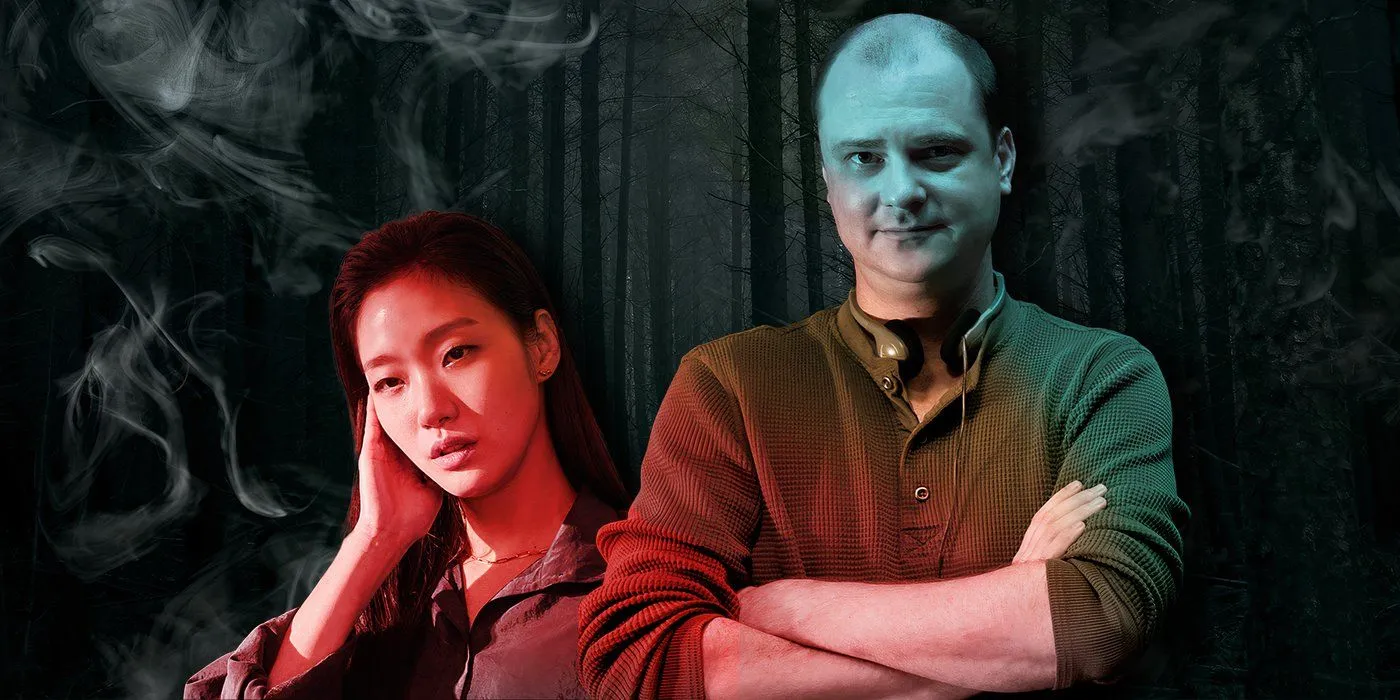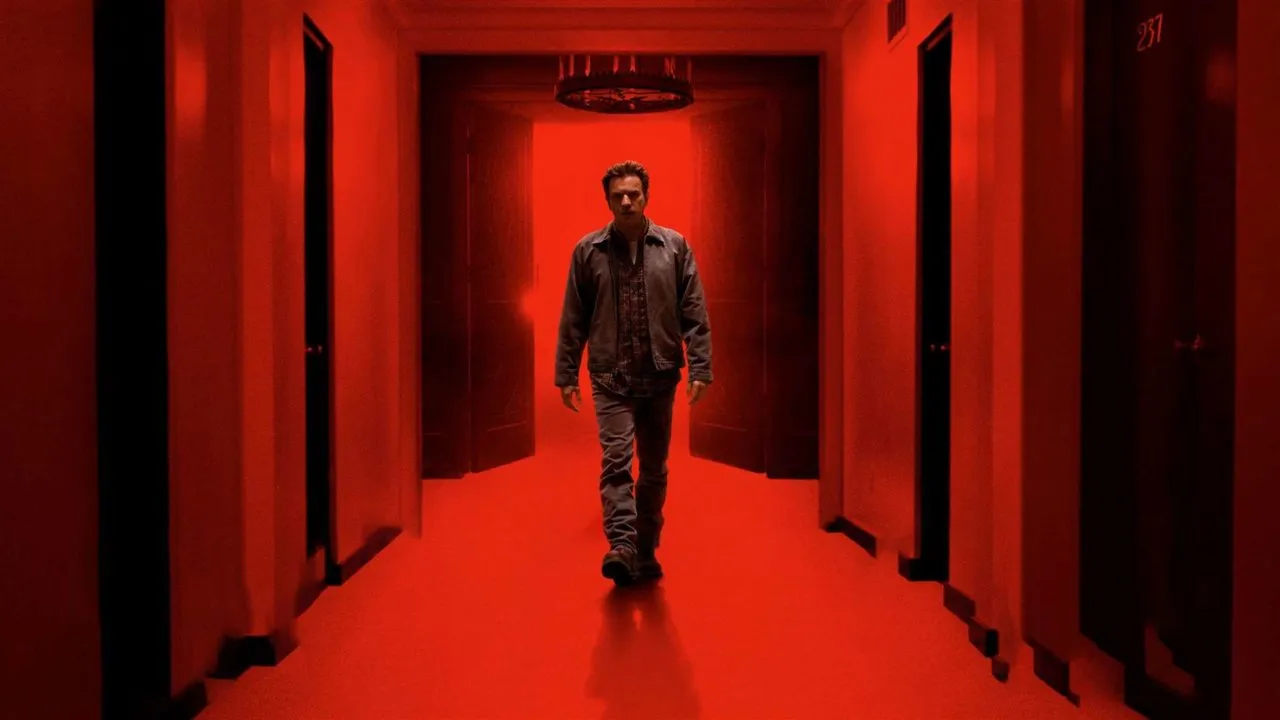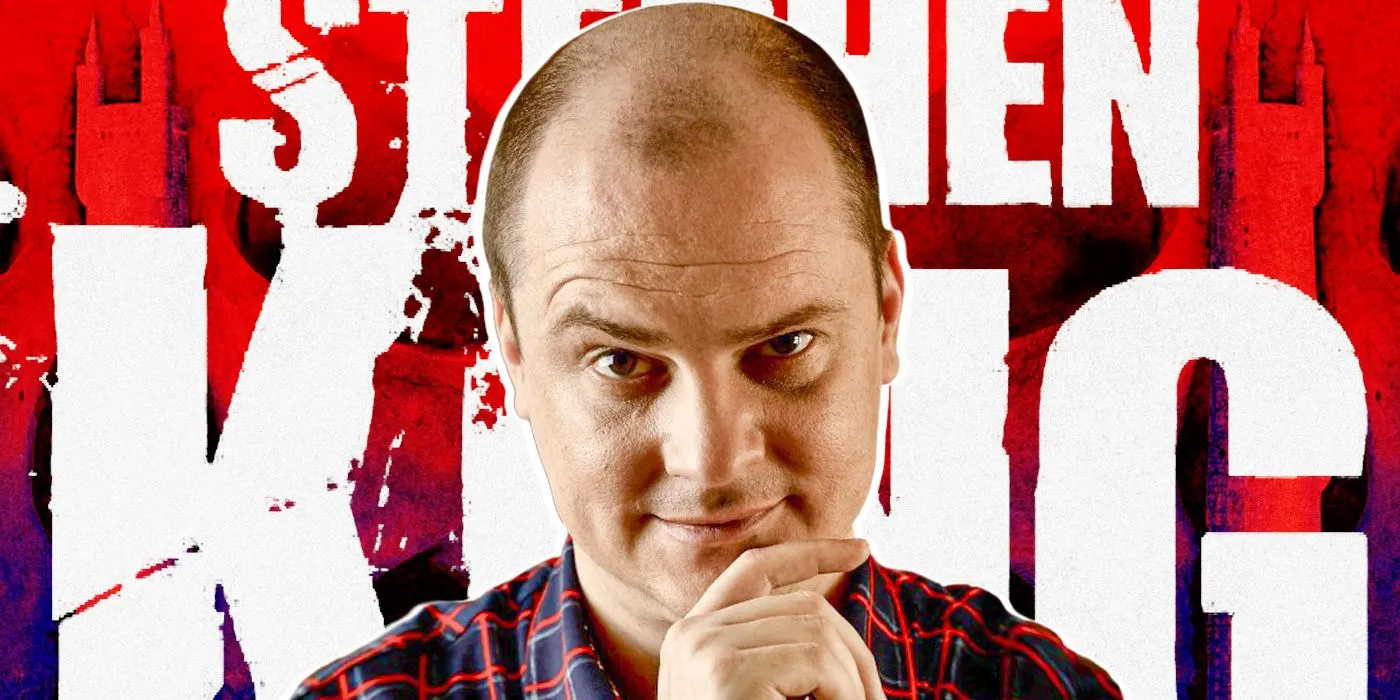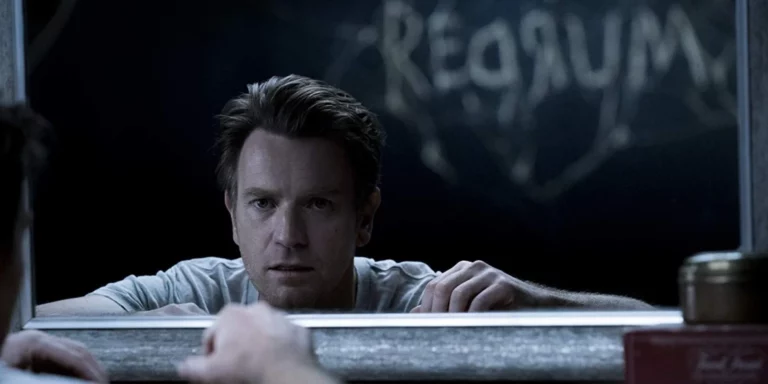In the realm of cinematic adaptations, few tasks are as daunting as tackling a sequel to a classic that has already etched its mark on the hearts and minds of its audience. Mike Flanagan, known for his deft hand in the horror genre, accepted this challenge when he directed ‘Doctor Sleep,’ the follow-up to Stanley Kubrick’s iconic film adaptation of Stephen King’s ‘The Shining.’ The task was complicated by the famously discordant views of King and Kubrick regarding the original film.

Stephen King’s Reservations About Kubrick’s Vision
Stephen King has never shied away from expressing his disappointment with Kubrick’s adaptation of his 1977 novel, ‘The Shining.’ His main criticism centered on the film’s lack of emotional depth and the omission of a redemption arc, which King considered essential. The author’s frustration was palpable, as he believed that Kubrick had overlooked the underlying themes of family and redemption in favor of exploring the cold and haunting aspects of madness. This clash of visions set a complex stage for Flanagan, who was not only a fan of the original film but also a profound admirer of King’s literary work.
Mike Flanagan’s Cinematic Tightrope Walk
Mike Flanagan’s journey with ‘Doctor Sleep’ began with his own experiences of Kubrick’s film. Despite being initially traumatized by its disturbing imagery at a young age, Flanagan grew to appreciate the film’s craftsmanship and eventually delved into Kubrick’s entire body of work. His respect for Kubrick’s artistic approach was matched by his admiration for King’s storytelling, making him uniquely positioned to undertake the adaptation of ‘Doctor Sleep.’
In an interview with GQ Magazine, Flanagan shared his complex emotional response to reading King’s sequel. “I had this very weird experience where I’m reading this quintessentially Stephen King story that I love. It’s all about recovery and responsibility and so many beautiful things, but all the images in my head while I read the book were Kubrick’s, and that was such a weird tug of war for me,” he explained.

A Tribute That Honors Both Visions
Flanagan’s ‘Doctor Sleep’ managed to pay homage to Kubrick’s visual and atmospheric brilliance while faithfully adhering to King’s narrative and thematic elements. This delicate balance won King’s approval—an achievement that seemed nearly impossible given his previous criticisms. Flanagan did not just create a sequel; he created a bridge between two contrasting artistic visions, making ‘Doctor Sleep’ a rare example of a film that respects its origins while forging its own identity.
The Cultural Impact of ‘Doctor Sleep’
The success of ‘Doctor Sleep’ extends beyond just critical acclaim; it serves as a testament to the power of understanding and respecting different artistic viewpoints. Flanagan’s ability to navigate the intricate expectations of fans of both King and Kubrick showcases his versatility and sensitivity as a filmmaker. This film not only expands the narrative universe of ‘The Shining’ but also deepens our understanding of its characters and themes, proving that even the most challenging cinematic feats are possible with passion and perseverance.

Mike Flanagan’s ‘Doctor Sleep’ stands as a monumental achievement in film, demonstrating that with enough respect and creative vision, it is possible to meld diverging interpretations into a cohesive and compelling narrative. Through his film, Flanagan has not only honored the legacies of King and Kubrick but has also set a new benchmark for how sequels can enrich the stories that inspired them.
